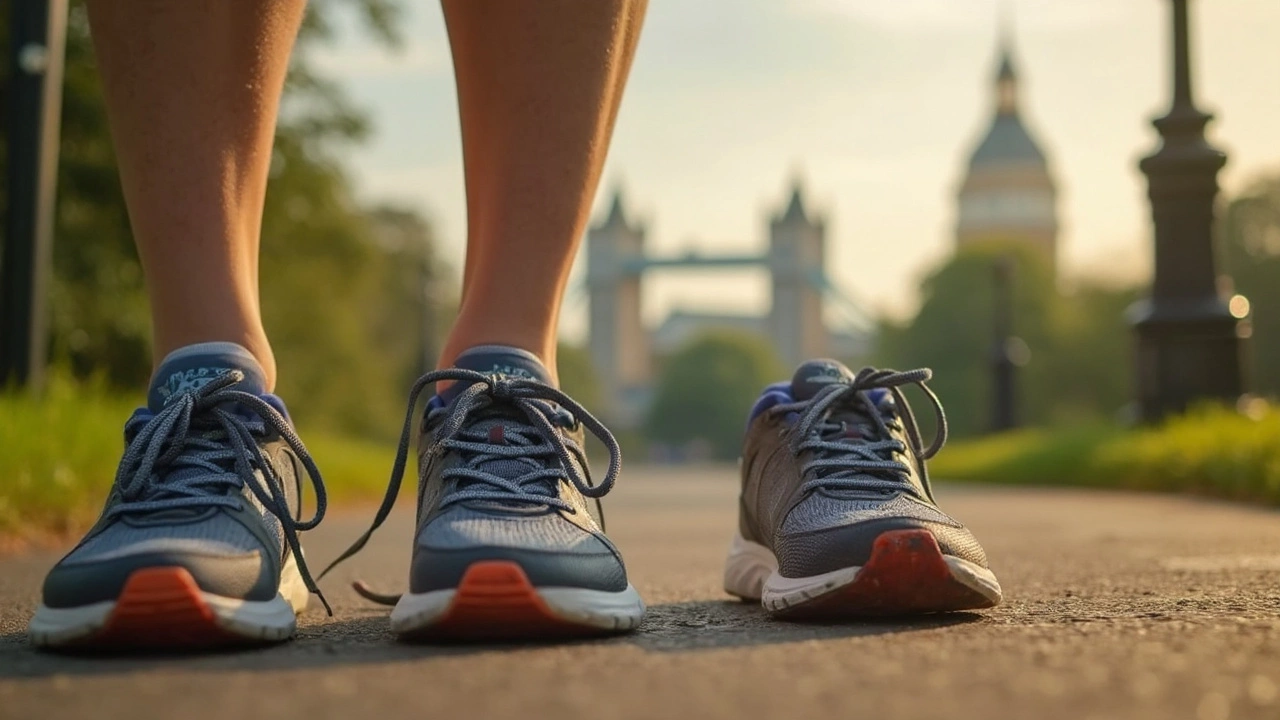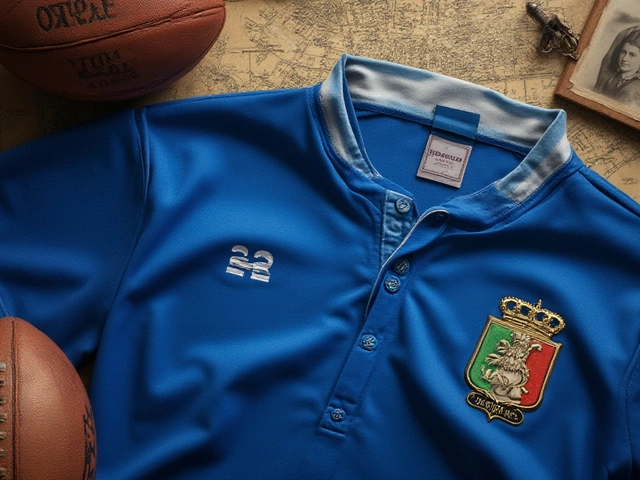Sizing Guide for Sports Gear: Find the Right Fit for Running, Tennis, and More
When it comes to sizing, the precise measurement and fit of athletic gear that directly impacts performance and comfort. Also known as gear fit, it's not just about picking a medium or large—it’s about matching your body to the demands of the sport you’re doing. Get sizing wrong, and you risk blisters, poor form, or even long-term injury. Get it right, and every stride, swing, or sprint feels smoother, stronger, and more natural.
Sizing isn’t the same across sports. A running shoe, footwear designed for forward motion with cushioning and arch support tailored to stride type needs room for your toes to spread as you push off—most runners need at least a thumb’s width between their longest toe and the end of the shoe. But a tennis shoe, footwear built for lateral cuts, quick stops, and court traction fits tighter around the midfoot to prevent sliding during side-to-side movements. Then there’s athletic clothing, garments engineered for moisture control, flexibility, and compression based on activity. Compression tights that feel snug on the bike might feel too tight for a long run. Your jersey shouldn’t flap in the wind, but it also shouldn’t restrict your arm swing.
What works for a 25-year-old sprinter won’t work for a 45-year-old tennis player. Age, foot shape, muscle mass, and even the surface you play on change what fit means. Rugby players need reinforced ankle support because of the scrum. Marathoners need breathable, seamless socks to avoid chafing over 26 miles. Boxing gloves? They’re sized by weight, not hand size—16oz for sparring, 10oz for competition. And don’t forget: sizing changes with seasons. Thick winter tights aren’t the same as summer shorts. Your gear should adapt, not fight you.
You’ll find real-world sizing advice in the posts below—from how to measure your foot for running shoes without a store visit, to why your tennis racket grip size might be holding back your serve, to what "5 5" means in weight training and how it affects your gear choices. Whether you’re just starting out or you’ve been at it for years, the right fit isn’t a luxury—it’s the quiet foundation of every great workout. Let’s get you properly sized.
Should Running Shoes Be a Size Bigger?
Wondering whether your running shoes should be a size bigger? This article breaks down what actually happens to your feet during a run, why shoe size really matters more than you might think, and the risks of sticking to your regular size. Tips for finding the perfect fit, common mistakes, and personal stories from real runners will help you skip blisters and actually enjoy your miles. Ready to lace up smarter?





